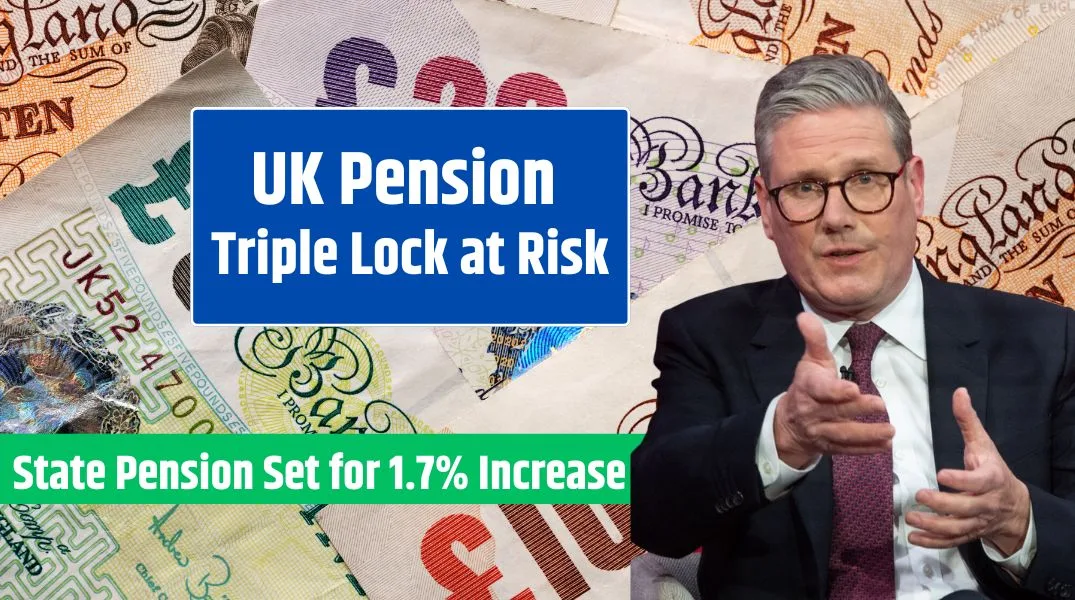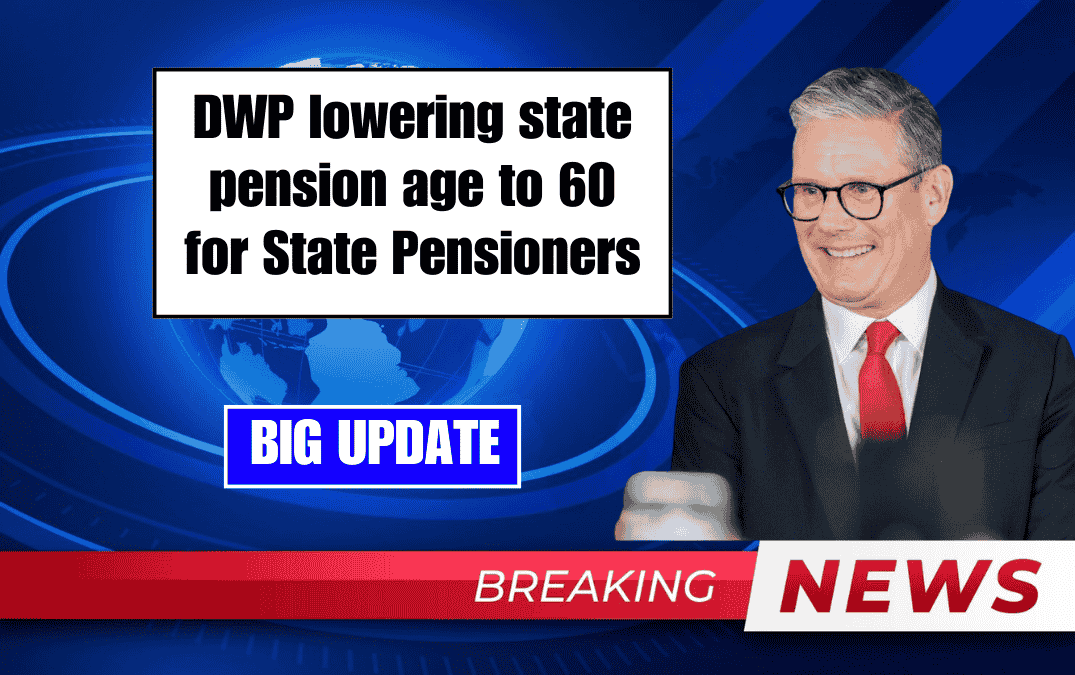The Department for Work and Pensions (DWP) has recently issued an update regarding changes to benefits that will affect thousands of households in the UK. This update highlights the ongoing transition from income-related Employment and Support Allowance (ESA) to Universal Credit (UC). The DWP is ramping up efforts to ensure claimants make the switch before ESA is fully phased out at the end of the financial year 2025-2026. Here’s a breakdown of the changes and what they mean for those affected.
ESA to Universal Credit Migration
The DWP has been gradually transitioning claimants from income-related ESA to Universal Credit. This move is part of the government’s broader plan to simplify and streamline the benefits system. So far, over 200,000 ESA claimants have successfully made the switch to UC, but there is still a lot of work to do.
The DWP has been sending out 63,000 migration notice letters every month to ESA claimants, notifying them about the need to transition. However, the department has decided to increase this number to 83,000 letters per month. This increase aims to speed up the process and ensure that all ESA claimants are moved to Universal Credit by the end of March 2026.
Timeline for the Switch
The DWP has confirmed that the final batch of migration notices will be sent out in September 2025. Claimants will then have three months to complete the transition. Once they begin the process, they will receive two additional weeks of their existing ESA payments to help bridge the gap until they begin receiving Universal Credit.
Additional Support for Vulnerable Claimants
The DWP has acknowledged that some claimants may face more difficulties in transitioning due to their health conditions or other vulnerabilities. To support these individuals, the department has promised additional help to ensure they are able to switch to Universal Credit successfully within the set time frame.
Impact on Other Benefits
The transition from ESA to Universal Credit is part of a wider change in the benefits system. As of April 2026, income-related ESA will be completely phased out. Other benefits, such as Income Support, income-based Jobseeker’s Allowance (JSA), and Housing Benefit, are also being gradually removed.
Additionally, Working Tax Credit and Child Tax Credit were abolished in April 2025. The DWP is planning further changes, including the merging of New Style ESA and New Style JSA into a new scheme called Unemployment Insurance by 2028. This scheme will be based on an individual’s National Insurance contributions.
The transition from ESA to Universal Credit marks a significant change for thousands of households. The DWP is increasing its efforts to ensure that claimants are successfully moved to the new system before ESA is fully phased out in 2026. While the government has promised additional support for vulnerable individuals, claimants must remain aware of the deadlines and the new processes to avoid disruptions in their benefits.
FAQs
What is the deadline for ESA claimants to switch to Universal Credit?
The final batch of migration notices for ESA claimants will be sent in September 2025. Claimants will have three months to transition to Universal Credit, with the process expected to be completed by March 2026.
How is the DWP supporting vulnerable ESA claimants during the transition?
The DWP is offering additional support to vulnerable ESA claimants who may struggle to transition to Universal Credit on time due to health issues or other challenges. They are given extra assistance to ensure they can successfully switch within the required timeframe.
What happens to ESA after 2026?
Income-related ESA will be completely phased out by April 2026. ESA claimants must switch to Universal Credit before this date to avoid losing benefits.
What other benefits are being phased out alongside ESA?
In addition to ESA, benefits such as Income Support, Income-Based Jobseeker’s Allowance (JSA), and Housing Benefit are also being phased out. Working Tax Credit and Child Tax Credit were abolished in April 2025.
















